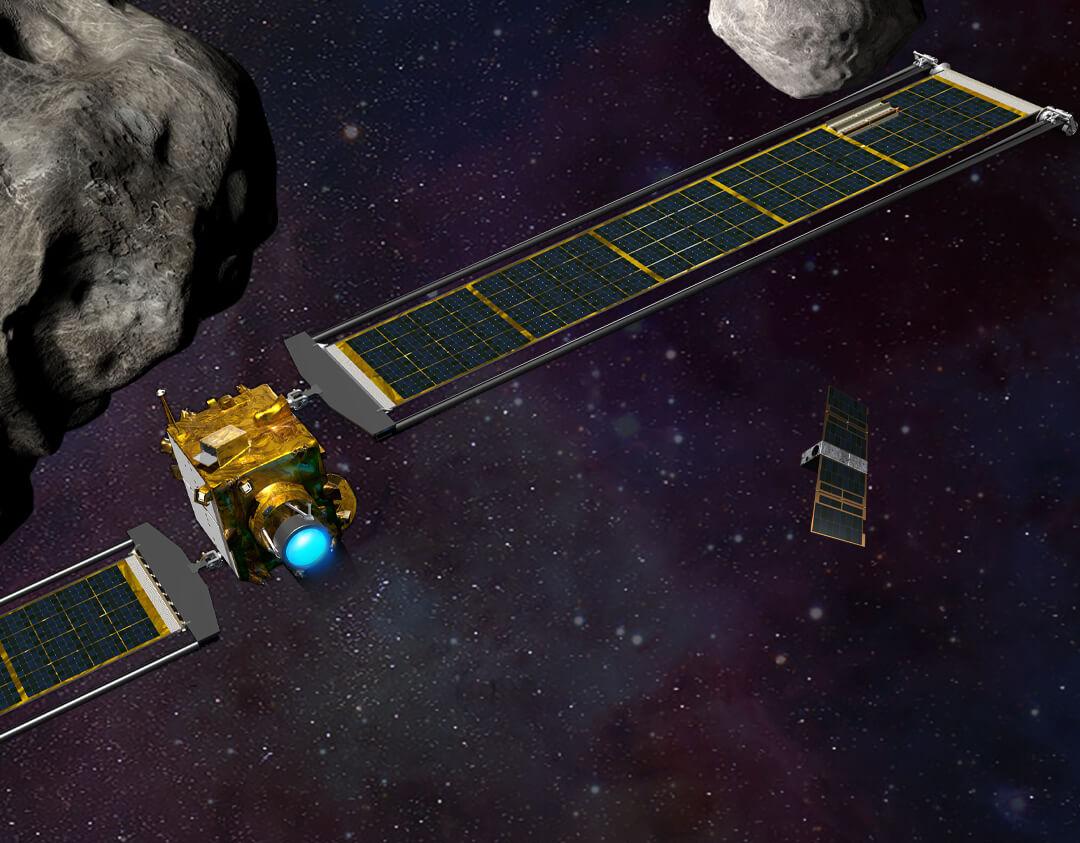-
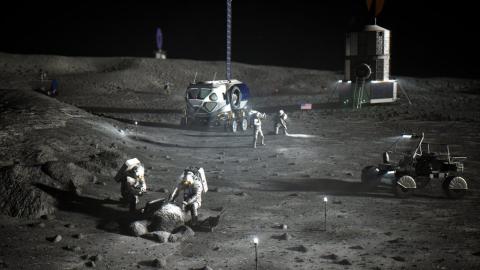 Oct 11, 2023
Oct 11, 2023Johns Hopkins APL Teaming With DARPA to Accelerate Interoperability Standards for Commercial Lunar Infrastructure
Johns Hopkins APL is applying its expertise in lunar science and technology to a Defense Advanced Research Projects Agency (DARPA) initiative to identify and propose interoperating standards for commercial infrastructure on the Moon. -
 Oct 10, 2023
Oct 10, 2023Women in Aerospace Lauds Johns Hopkins APL’s Mosavi-Hoyer for Outreach Leadership
Nelli Mosavi-Hoyer, an engineer and project manager with the Johns Hopkins Applied Physics Laboratory (APL) in Laurel, Maryland, was recognized with Women in Aerospace’s 2023 Aerospace Awareness Award for her leadership and outreach efforts. -
 Oct 3, 2023
Oct 3, 2023NASA Advances CubeSat Mission to Study Earth’s Magnetosphere and Aurora
NASA has announced the selection of four mission concepts for further consideration as part of its Heliophysics Small Explorers (SMEX) program. Among those advanced is a CubeSat constellation called CINEMA, short for Cross-Scale Investigation of Earth’s Magnetotail and Aurora, for which APL will play a leading role. -
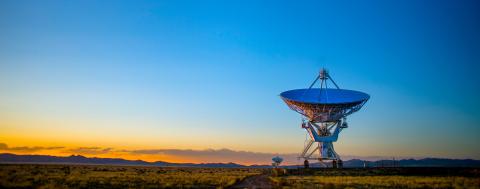 Sep 28, 2023
Sep 28, 2023Johns Hopkins APL Partners With Space Systems Command to Evaluate New Classified Ground Systems Software
APL has forged a new partnership with the U.S. Space Force to evaluate ground systems being designed by the branch's Space Systems Command for a new classified satellite network. The Lab will help ensure the government is using best software and cybersecurity practices while prototyping and demonstrating the new ground system. -
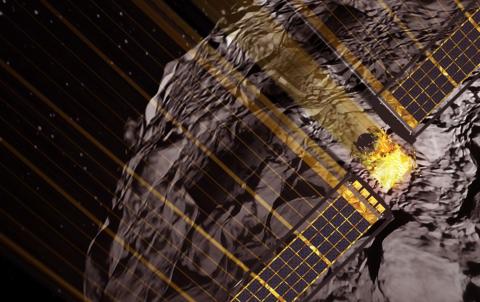 Sep 26, 2023
Sep 26, 2023From Impact to Innovation: A Year of Science and Triumph for Historic DART Mission
Last fall, the world watched as the DART spacecraft — the Double Asteroid Redirection Test — guided itself toward the asteroid Dimorphos for a direct collision, a major technical achievement and the first successful planetary defense test in history. Revisit DART's triumphant collision and the resulting year of science analysis and discoveries that followed. -
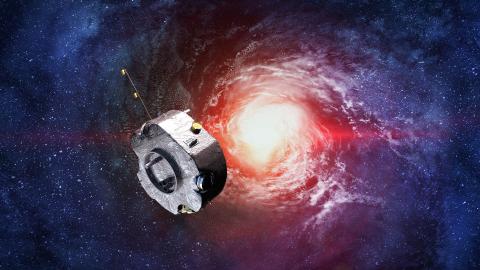 Sep 20, 2023
Sep 20, 2023IMAP Mission Begins Integration and Testing at Johns Hopkins APL — Public Invited to Follow Along With Livestream
NASA’s Interstellar Mapping and Acceleration Probe (IMAP) is embarking on its yearlong integration and testing campaign, during which all of the instruments and components will be added to the spacecraft structure, and tested to ensure they will survive the harsh environments of launch and space, and made ready to execute their mission. -
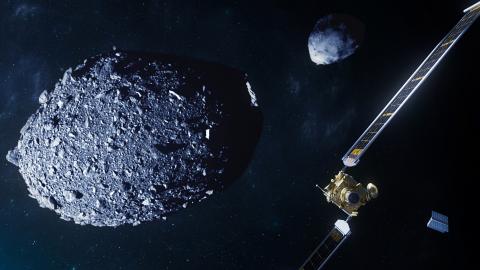 Sep 19, 2023
Sep 19, 2023Seven Asteroids Are Named for DART Team Members
Seven scientists and engineers who made NASA's Double Asteroid Redirection Test (DART) mission a smashing success last year recently had asteroids named after them. -
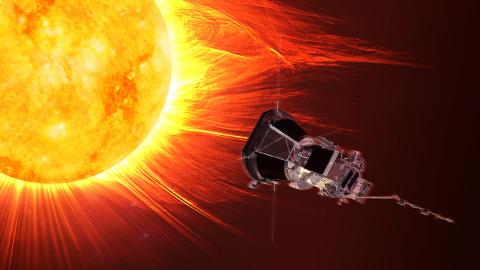 Sep 18, 2023
Sep 18, 2023Parker Probe’s Path Through Solar Blast Yields Unparalleled Space Weather Insights
NASA's Parker Solar Probe has now become the first spacecraft ever to fly through a powerful solar explosion near the Sun. Passing along and through a coronal mass ejection last September, Parker provided an unparalleled view into these stellar explosions and an opportunity to study them early in their evolution. -
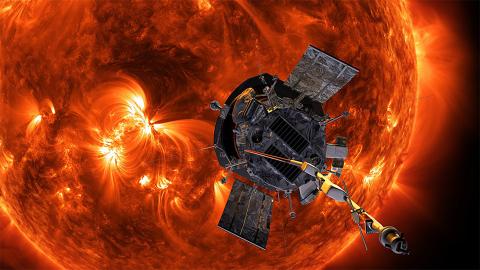 Sep 14, 2023
Sep 14, 2023Parker Solar Probe ‘Sees’ Sun Sweep Up Interplanetary Dust
In 2022, NASA's Parker Solar Probe soared gracefully through one of the most powerful coronal mass ejections (CMEs) ever recorded — not only an impressive feat of engineering but a huge boon for the scientific community. Parker's journey through the CME is helping to prove a 20-year-old theory about the interaction of CMEs with interplanetary dust, with implications for space weather predictions. -
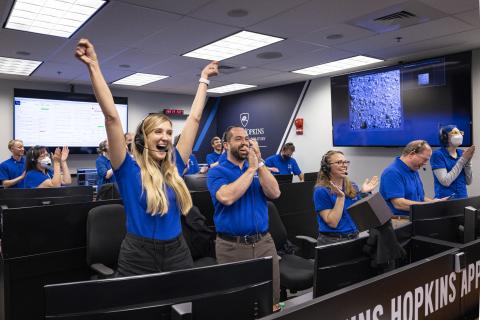 Sep 12, 2023
Sep 12, 2023Johns Hopkins APL Communications Team Wins Gold for DART Impact Campaign
APL's Communications Department received several social media and digital video awards for their work on the DART impact campaign.
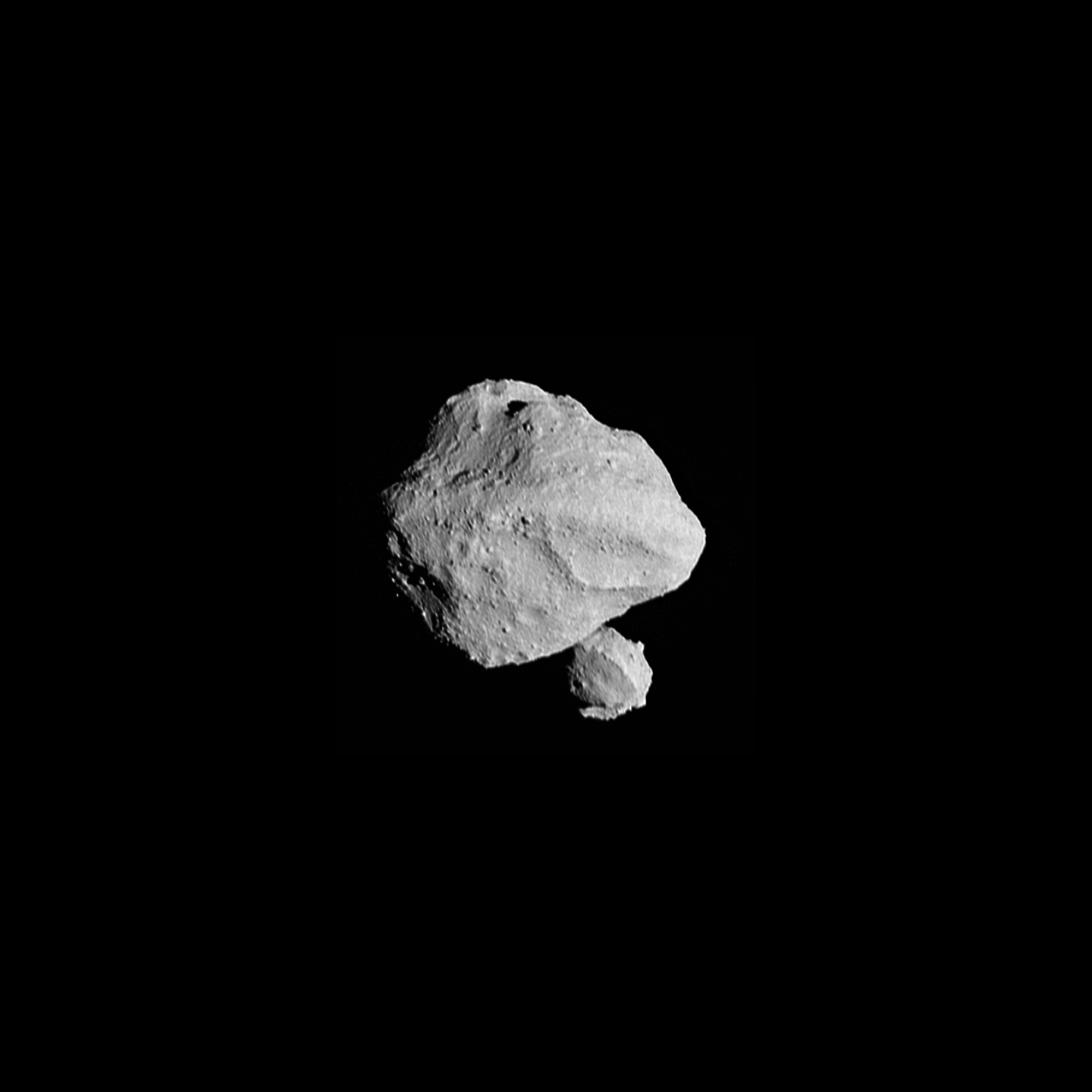
Featured Image


